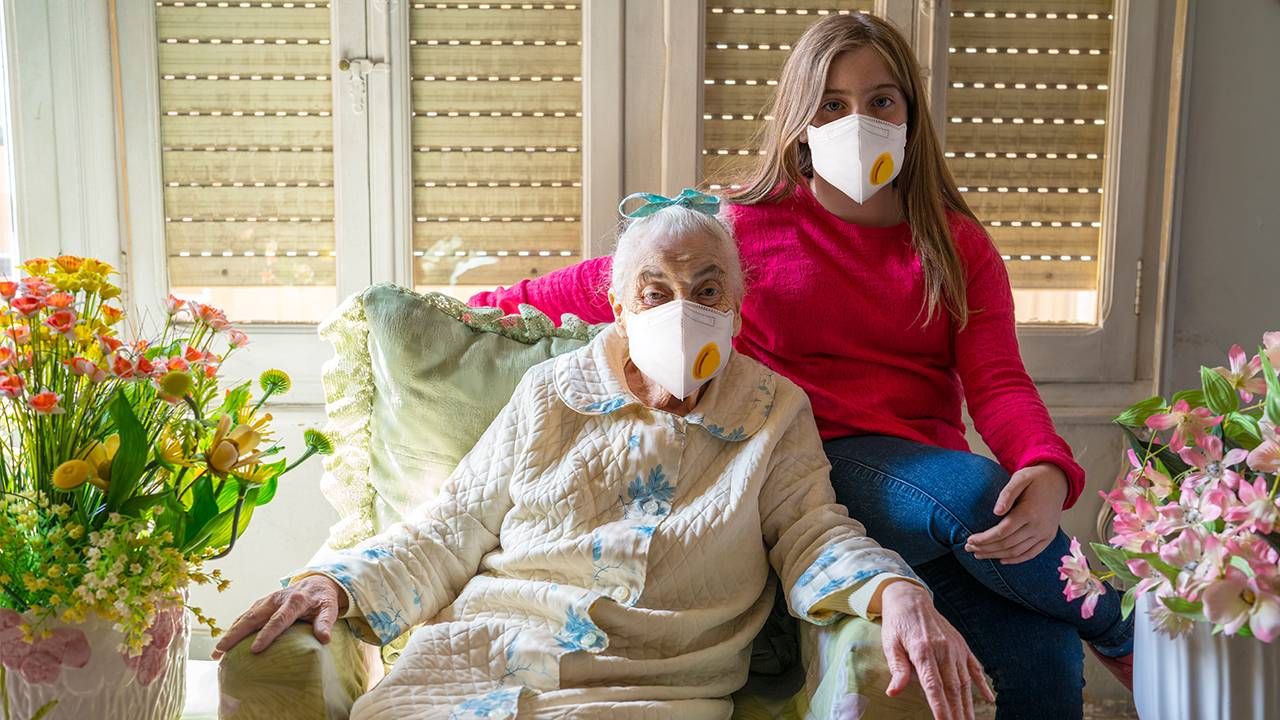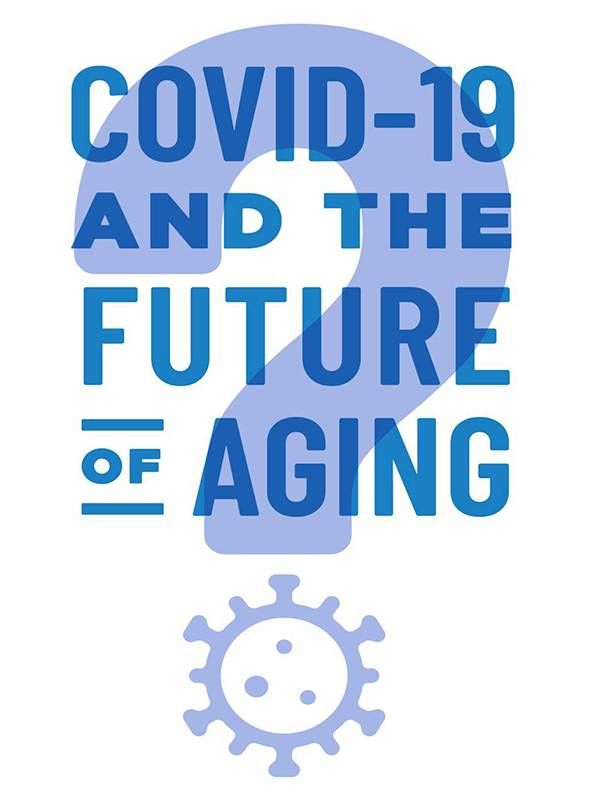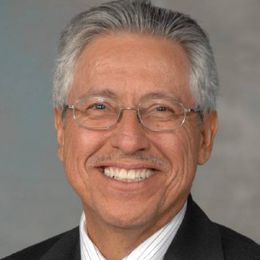COVID-19 and the Future of Aging: Meeting Generational Challenges
How to ensure our future is made better, not worse, by the pandemic
Editor’s note: This article is the 18th in a weekly joint series on COVID-19 and the Future of Aging from the Milken Institute Center for the Future of Aging and Next Avenue. The articles are Q and As with thought leaders in fields ranging from health care to retirement planning to intergenerational relationships.

How does COVID-19 impact generations differently? Are we coming together to meet the challenge or are societal divides growing?
This is not the first time we have faced a pandemic with disproportionate generational impacts. We remember polio, of course, which I contracted at only six months old. Children were most susceptible to that disease, with older adults working to protect them. Pools and summer camps were closed, children were sequestered; society came together to protect its youngest.
The COVID-19 pandemic, in many ways, is the opposite. Older adults experience the heaviest toll. And, unfortunately, our collective response is lacking, evidenced by the continuing waves of cases and deaths, especially among our oldest and most vulnerable communities.
We recognize that your ZIP code, race, income and education level matter when it comes to who is most likely to pay the price during this pandemic.
As a result, we are seeing rifts in our societal fabric — based on age, ethnicity and occupation, which are exacerbated by identity politics.
Some ignore the risks to older adults and willfully engage in conduct that amplifies community spread. Some intend the best for others but fail to act with those intentions in mind. Thankfully, others care, focus on collective interests and do what is right, and that offers hope for narrowing divides and promoting understanding despite our differences.
We recognize that your ZIP code, race, income and education level matter when it comes to who is most likely to pay the price during this pandemic. Facing this can and should bring much-needed attention to other ways health risks and responses are unevenly distributed.
Earlier this year, I was driving in central California and was struck to see farmworkers picking produce in air choked by smoke from nearby wildfires. We now have a word for this work and these workers — and it is "essential." Viewing people as essential is an essential step toward appropriately valuing everyone's contributions to our society.
As we recover from this pandemic, it remains to be seen whether we will put this lesson to work by addressing affordable housing; working conditions and compensation; and quality health and long-term care. But recognition is certainly a step in the right direction.
As the pandemic progresses, what can be done to tackle inequities and affirm the value of older adults?
I hope that we are compelled to rethink how we care for those who need assistance or who cannot care for themselves independently.
We know that a disproportionate number of individuals who have been hospitalized and died from COVID-19 lived or worked in nursing homes and long-term care facilities. This shines a spotlight on the shortcomings of our current system and points to what I believe we should have always had: a comprehensive system of home and community-based services that gives all of us options for how we want to live and receive care.
It takes us a long time to own up to the reality of social needs and inequities. But when there is a collective crisis that affects a critical number of us, then suddenly — almost overnight — we can dramatically change. In that sense, while this pandemic is terrible for so many, it also presents an opportunity that we must act on.
For the last couple of years, I have served on California's Master Plan on Aging Task Force, looking at how we can better prepare the state for its growing population of increasingly diverse older adults. An example of what we have been looking at is the model of public coverage for long-term care supports and services in the state of Washington and how such a plan could be applied in California. Moving this work forward post-pandemic would be a real, tangible way to respond to the inequities brought to light by this crisis.

What actions can we take now to address societal divides, so our post-COVID-19 future is made better and not worse by this tragic pandemic?
I believe that the pandemic and the simultaneous crises we face, like job loss, financial insecurity and a lack of affordable health care, reveal a critical issue we must confront and address to build a better future.
The tensions between our generations are at least partially the result of how we create programs for older adults. Looking at the structure of government programs like Medicare makes us realize how they exclude others of different age but equal need. In my view, these programs are, in their own way, ageist. Younger generations don't receive a benefit until much later in life and fear they may not receive any benefit at all by the time they get there.
Instead of addressing the needs of particular groups, we can make these programs more inclusive and help more people with broader solutions.
When Medicare needed to fix the gap in coverage for prescription drugs, we created Part D coverage. This went a long way toward resolving drug pricing issues for older adults, but it was also a missed opportunity to address prescription costs for the younger population.
In the wake of the pandemic, we can seize the opportunity to create change, moving away from age-based eligibility.
And it's not just Medicare; we can look at the Social Security system, affordable housing programs and food and nutrition supports. In the wake of the pandemic, we can seize the opportunity to create change, moving away from age-based eligibility.
These types of policy shifts reframe how we view aging, incorporating the wants and needs of both old and young into our social structure.
If we use a holistic perspective — one that takes a lifespan approach — we can increase equity and intergenerational cohesion. With understanding and commitment, we can get there, and I hope that will be a positive outcome of this very difficult time.


